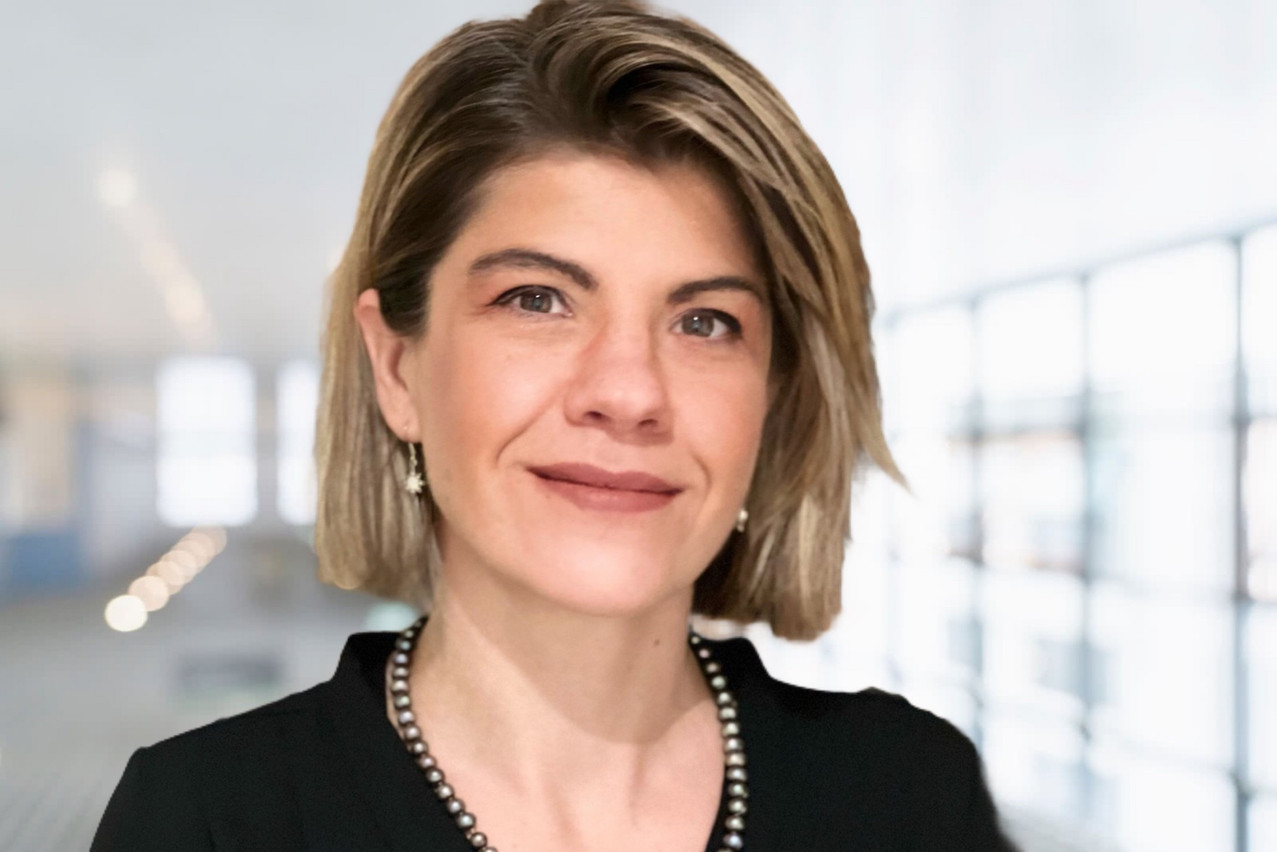In advance of the event, Delano spoke with Veronica Buffoni, managing director at Carne Group. She speaks on the “The practical challenges of net zero” panel, at 11:05am.
Aaron Grunwald: What do you want the audience to get most from “The practical challenges of net zero” session?
Veronica Buffoni: I am looking forward to sharing some insights from our experience as a third party AIFM. At Carne, we act in this capacity for a large number of private asset funds that use different investment strategies and asset types across the ESG investing spectrum.
We have been heavily involved in the implementation of SFDR across the funds we manage and have first-hand experience of the issues and challenges that managers face in interpreting and implementing some of the requirements. I hope the audience will be able to use some of these insights to better navigate their own journeys to net zero.
Read also
From your point of view, how are private market fund firms doing with and the EU ?
Private asset fund managers are probably ahead of the curve in terms of implementing considerations. We have seen private market fund firms implement SFDR for the pre-contractual requirements phase without too many challenges. This is because of limited partners’ increased engagement on the topic and an acceptance that ESG factors are a risk management aspect and driver of value.
As SFDR is a disclosure regime, the key is ensuring accuracy and consistency of information across the fund document suite, websites and marketing materials. From what we have experienced across our client base, that element of SFDR implementation has not been too much of a challenge.
However, what is challenging is a lack of clarity around some aspects of EU taxonomy, the ongoing iterations as the regulations evolve and data limitations. This has resulted in most fund managers not being able to adopt, quantify and disclose elements, such as principal adverse impacts or taxonomy-aligned investment holdings.
On the plus side, I have seen private market fund firms provide more meaningful ESG metrics from their underlying investments--in the case of direct investments--putting them in a more powerful position to be able to implement an ESG agenda across investee companies. This reflects the potential for private assets managers and investors to be strong ESG enablers.
What practical issues around SFDR and the taxonomy would you like to see improved in the coming year?
From a regulatory perspective, I would like to see further clarity around how to calculate taxonomy alignment across different asset classes and alignment across regulations on the ‘do not significantly harm’ definitions.
Guidance on interpreting the green taxonomy for non-EU investments, where data may not be easily available and which do not fit within the remit of the current taxonomy definitions, would also be helpful.
Loosening some of the constraints around data reporting and disclosure requirements could also help to accommodate data limitations which mean that in a number of instances, current reporting does not paint the full picture for investors.
Finally, I would like to see further regulatory guidance and/or industry best practice developed around the parameters for quantification and measurement of sustainability risk, as currently it is very much down to each firm’s own interpretation.
From an operational perspective, the ongoing regulatory developments put additional pressure on managers and are ultimately expensive to implement, so I very much welcome technology-driven solutions around the automation of data collection, analysis and reporting as these will drive efficiencies for managers and ultimately investors, we are very focused on the design and development of such solutions for our clients.
Read also
Aside from your own talk at the Alfi event, which session are you most looking forward to hearing, and why?
The agenda sets out a very exciting work programme. I am looking forward to the session on GP perspectives and trends [editor’s note: at 9:50am] and to hear from the panel about how the industry is embracing innovation with new types of assets and investment strategies [Tuesday 22 November at 4:10pm].
The session on greening private debt and what it means to implement ESG considerations in this asset class [Wednesday 23 November at 3:40pm] also looks very interesting. We have witnessed a significant growth in private debt funds, as well as some very creative new fund structures in Luxembourg, which is testament to the innovation and creativity of this fund management centre.
